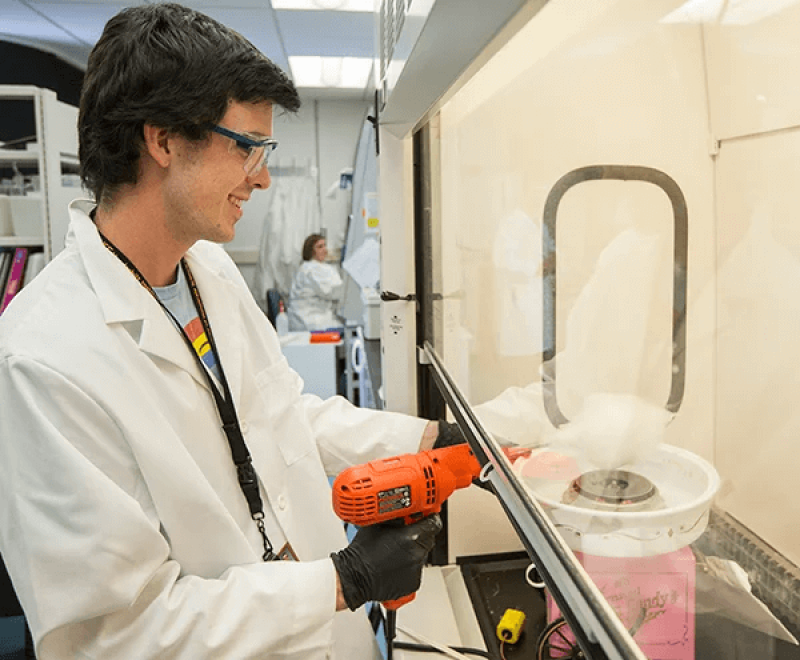Researchers at Harvard’s John A. Paulson School of Engineering and Applied Sciences (SEAS) believe they have taken a step towards solving a centuries-old heart muscle mystery — and towards the ability to eventually fabricate entire human hearts for transplantation.
Using a new form of textile manufacturing, akin to a cotton candy machine, the SEAS team was able to build a model of human ventricles (those beefy chambers in the heart that pump blood out into the body) that were not only capable of beating, but recreated the unique structure of heart muscles — a structure that scientists have been trying to tease out the meaning of since 1669.
The device spins, forcing out a polymer that can be adjusted by using an airstream. By angling and rotating it, the team found they could form scaffolding that could recreate heart muscle’s spirals.
“The human heart actually has multiple layers of helically aligned muscles with different angles of alignment,” Huibin Chang, SEAS postdoctoral fellow and co-first author, said. “With FRJS, we can recreate those complex structures in a really precise way, forming single and even four chambered ventricle structures.”
The team created spiral scaffolding in the shape of ventricles, then rat and human heart muscle cells were then spread on, like a cardiac chia pet, growing multiple thin layers of beating muscle tissue.































